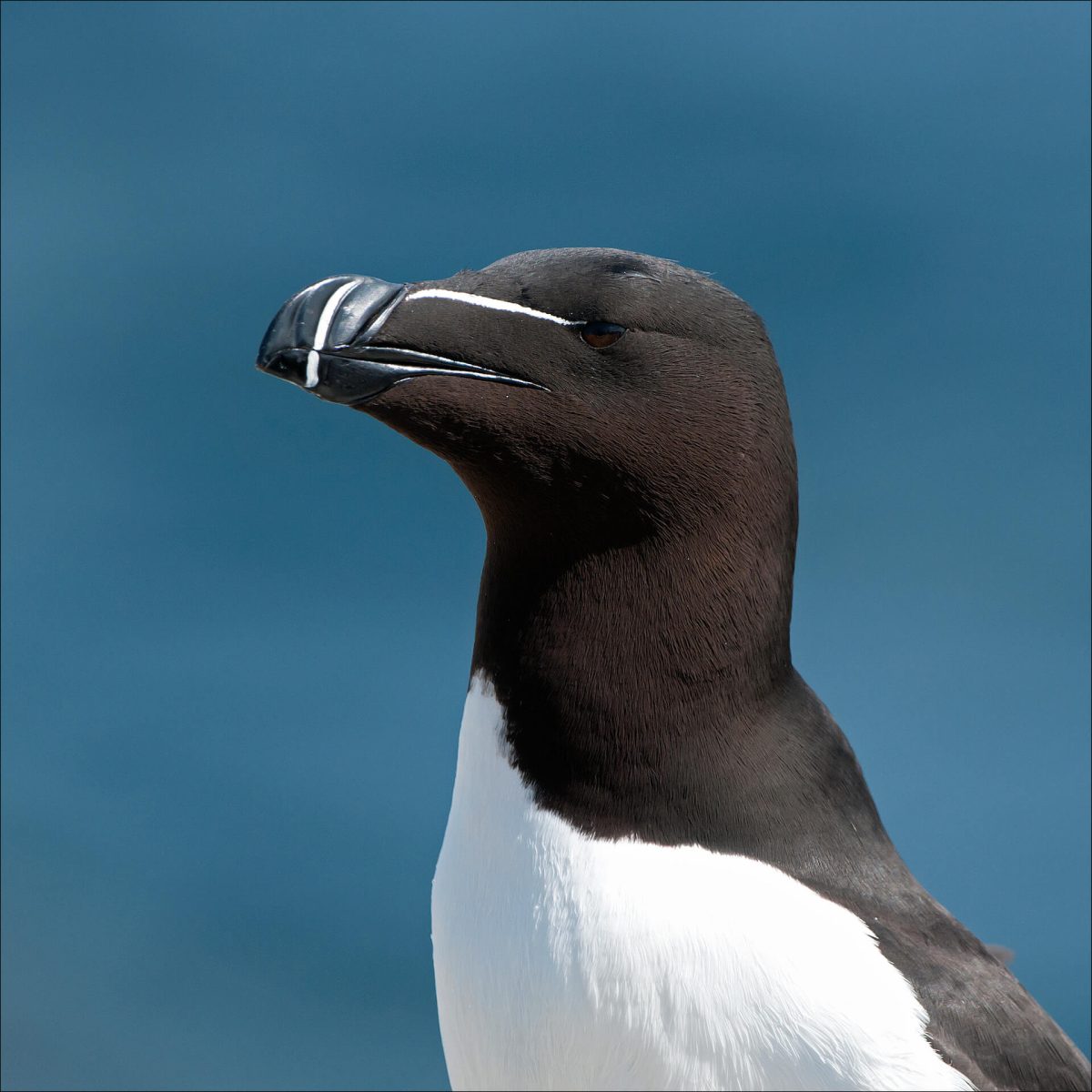The Marine Strategy Framework Directive was adopted in 2008 by the Member States of the European Union. Each member must take necessary measures to restore or preserve their marine environment. The directive sets a target of “Good Environmental Status” which must be achieved in EU marine waters.
To date, the impacts of pollution on seabirds are only speculative because of the lack of data available. And yet, there are many opportunities to value these data. Hundreds of seabirds die in care centers each year without establishing the cause of death. Yet, they could be an excellent indicator of good environmental status, especially for plastic pollution in Europe. Indeed, in the English Channel-North Sea area, Northern Fulmars are a good indicator species of marine plastic pollution.

To address this lack of data, the LIFE SeaBil project will coordinate the establishment of 5 local monitoring networks for stranded birds (one on each pilot site) that will together make up one transnational monitoring network. During winter, volunteers will help collect and bring stranded seabirds to care centers. First, the birds will be hosted in care centers and then, the LIENSs laboratory will analyze the tissue from the bird. The main target species are Northern Gannet, Black-legged Kittiwake, Cormorant, Common Murre, Atlantic Puffin, Razorbill, Shearwaters, and Great Skua.
Analyzing these species will help learn more about how seabirds are affected by plastic pollution. This data will be useful to determine one or several indicator species for plastic pollution monitoring. In parallel, seabirds that died in care centers will help collect data and evaluate the impact that marine pollution has on their species.